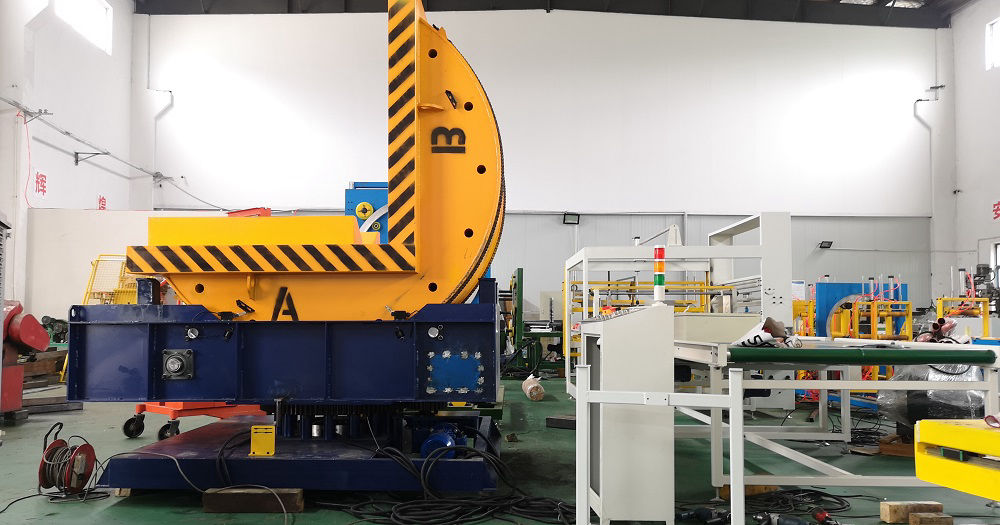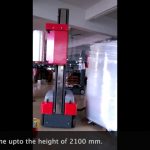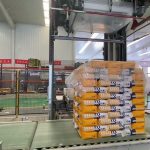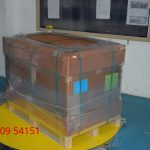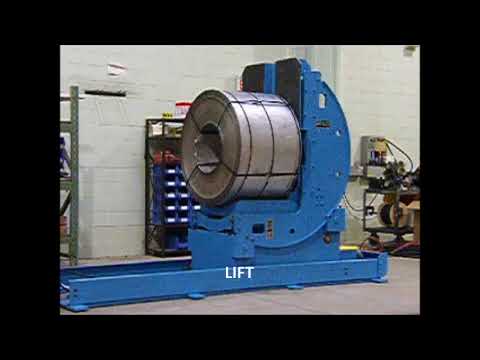
Introduction
In today’s manufacturing industry, advanced techniques for mold upender has become an increasingly important issue.
As companies strive to minimize their environmental impact and improve operational efficiency, the need for advanced technologies in critical equipment like mold flipping devices has emerged.
These devices play a crucial role in industrial production by facilitating the flipping and rotation of molds, and optimizing their design and functionality has significant implications for both performance and safety.
Innovation
The mechanical turning over system represents a notable advancement in this regard.
Through innovative design and engineering, it ensures that reverse flipping does not occur during operation.
This is crucial for maintaining the integrity of the mold and preventing any potential damage or errors in the production process.
By utilizing precise mechanisms and carefully calibrated components, the flipping system provides a reliable and consistent flipping experience, enhancing overall productivity and quality.
Stability
A key element of the mold upender is the four-roller mechanism.
This configuration offers several advantages, particularly in terms of smooth and stable operation.
The four rollers are strategically positioned and evenly distributed on the flipping base, providing optimal support and balance.
This balanced distribution minimizes vibrations, reduces the risk of misalignment, and enables precise flipping movements.
As a result, the device can handle molds of various sizes and weights with ease, ensuring a seamless flipping process and minimizing the potential for errors or damages.

Safety
Safety is paramount in any industrial setting, and mold upenders are no exception.
To ensure the well-being of personnel during operation, both the rollers and the flipping base are equipped with protective covers.
These covers serve as a physical barrier, preventing individuals from inadvertently entering hazardous areas and coming into contact with moving parts.
By incorporating these protective measures, the device enhances operational safety and mitigates the risk of accidents or injuries.
Protection
Another critical safety feature is the incorporation of an overcurrent protection mechanism.
As molds can vary in weight, it is essential to have safeguards in place to prevent overloading and potential damage to the device.
When the flipping weight exceeds the specified range, the overcurrent protection mechanism automatically shuts down the device, safeguarding its components and ensuring the safe operation of the equipment.
Additionally, the device incorporates an air switch with multiple protective functions, including overcurrent, overload, short circuit, and phase-loss protection.
This comprehensive approach to safety ensures that the power supply is promptly cut off in the event of abnormal situations, reducing the likelihood of accidents and minimizing potential hazards.
Conclusion
In conclusion, the optimized mold upender represents a significant advancement in industrial production.
Through the utilization of advanced technologies such as the mechanical flipping system, four-roller mechanism, protective covers, overcurrent protection, and air switch, this device enhances performance, efficiency, and safety.
By improving the operational capabilities of mold flipping, companies can achieve higher productivity, reduce errors, and ensure the well-being of their personnel.
As the manufacturing industry continues to prioritize sustainable development, incorporating these advanced technologies into critical equipment is a crucial step towards achieving long-term success in a responsible and eco-friendly manner.
